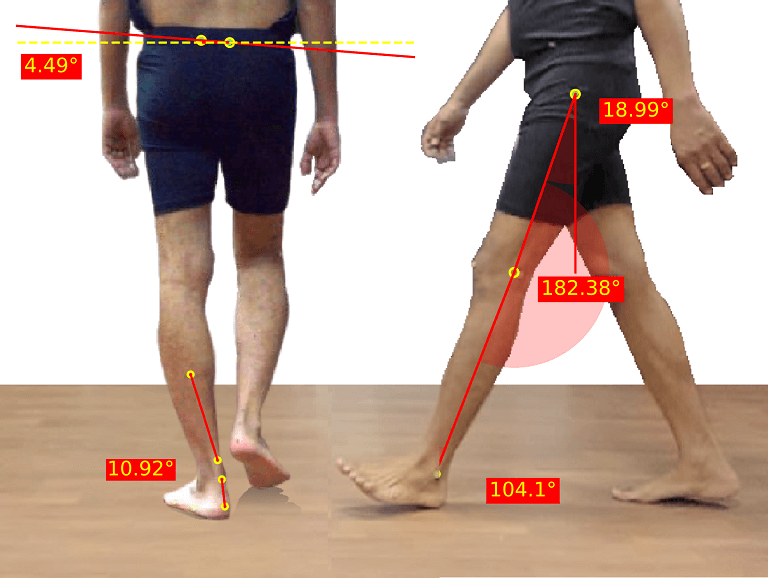Gait Analysis and running re-training at Inner North Osteopathy can get you up and running again!
Poor movement patterns are often the cause of injury. Running or walking technique may be the prime factor responsible for recurring injury. Muscle strength is important. However, solely strengthening muscles may not change a poor movement pattern. Better movement patterns are skills that need to be learnt.
Running is a highly repetitive sport. Small movement inefficiencies can accumulate to overload muscles or joints and cause injury. The good news is that changing your running mechanics can treat this type of injury.

Common problems treated with Gait Analysis
- Knee pain
- Hip, groin or lower back pain
- Shin pain – Tendon injury
- Foot and heel pain
- Gait analysis involves a compre-hensive examination of your muscle and joint mobility, strength and function. Additionally, you will be filmed from multiple directions walking or running on a treadmill to assess your gait.
Management includes
- Gait modification with simple prompts to alter a person’s walking or running technique
- Strength training and rehab exercises
- Education on modifying activities of daily living to manage injury.
This together with hands-on osteopathic treatment to address musculoskeletal dysfunctions is a comprehensive approach to treating injury.
Make a Gait Analysis booking at Inner North Osteopathy in Brunswick today.



